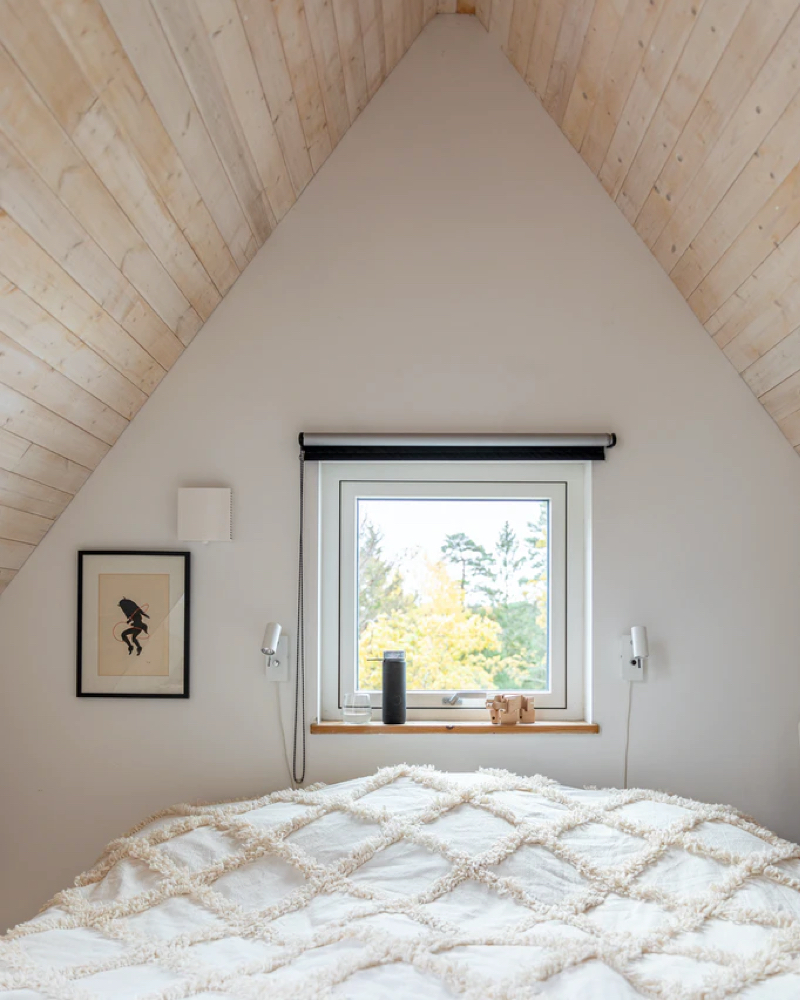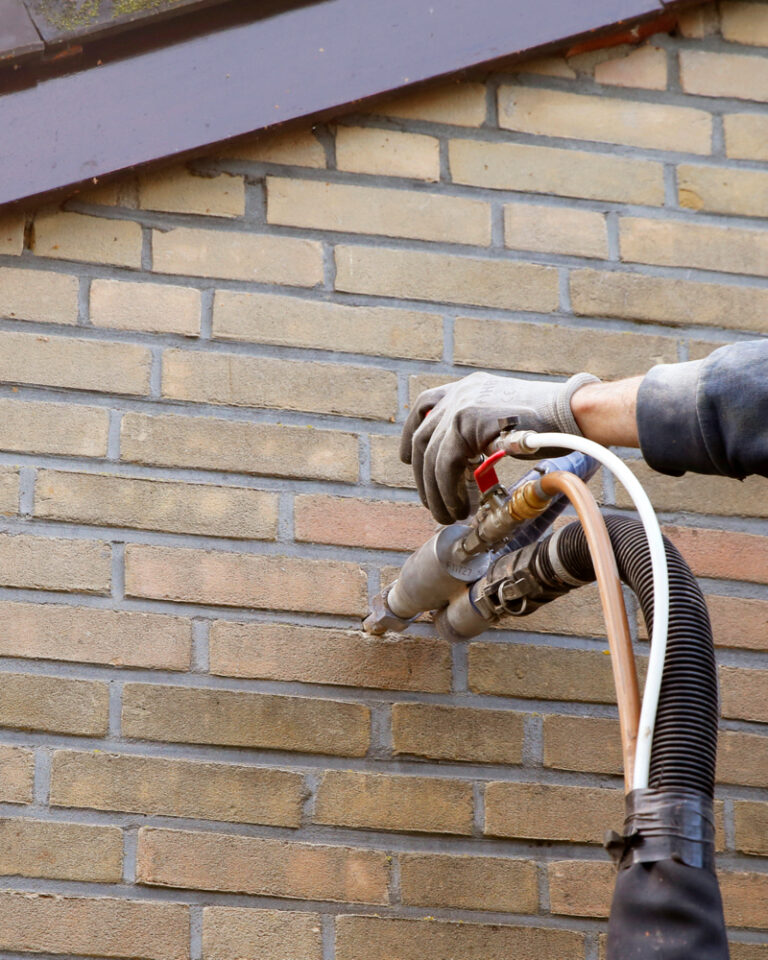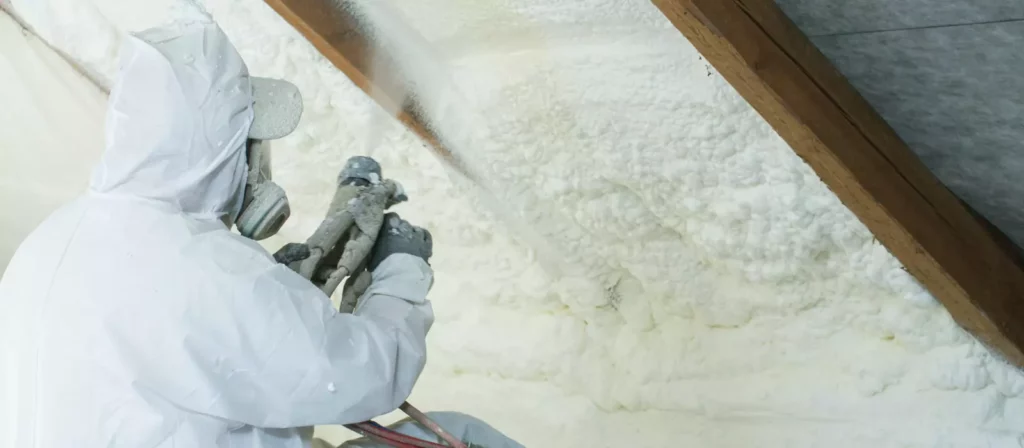- In this guide
You could be losing around 25% of the heat from your house just through uninsulated floors.
Underfloor insulation is an easy and cost-effective way to keep your home warmer, cut back on your energy bills, and reduce your property’s carbon dioxide emissions. In fact, according to the Energy Saving Trust, underfloor insulation alone can help you save up to £70 on heating and 300kg of carbon emissions per year.
It’s especially important to insulate ground level floors in your home as these tend to get draughty and cold in the UK. Generally speaking, there’s no need to insulate upstairs floors which are located above heated rooms, as this will block out beneficial heating rising from downstairs. If, however, your room is located above an unheated space, such as a garage, floor insulation will help combat the cold and create an all-round cosier room.
This guide will help you determine the best underfloor insulation for your property type, the building regulations you’ll need to comply with, costs and savings, and how to benefit from energy grants to cover your insulation expenses.
Which underfloor insulation do I need?
There are many insulation options depending on the type of floor you’ve got. As with any home insulation project, careful planning is required. It’s always good practice to properly assess the extent of the work needed to ensure you’ll be making a significant and lasting impact on your property’s energy efficiency performance.
Here are a few simple guidelines to consider depending on your floor type:
Older properties tend to be built using suspended floorboards, which rest over timber joists. As these floors are essentially suspended above an open space, your house will undoubtedly be losing a fair amount of heat from here.
Should you have access to a basement, it may be possible to insulate your floors without having to lift up the floorboards and cause a great deal of disruption to your home. Timber floors are typically insulated using mineral wool supported by netting, which are placed between the joists.
If your property has no or limited access to its basement, professional underfloor installers may recommend using a recent innovation whereby a small remote-controlled robot is sent into the crawlspace and applies spray foam beneath the floorboards.
Modern buildings usually contain solid floors comprised of concrete or screed. While solid flooring is less likely to lose heat compared to suspended floors, they can also benefit from insulation.
Solid floors can be insulated with rigid insulation foam fitted above or below the concrete. If you are already living in the property, then placing insulation above the existing concrete will likely be the most feasible option. This is usually covered with chipboard plus any flooring material of your preference, which will help the room to heat up more quickly at the start of the day.
When installing insulation on solid floors, it’s important to keep in mind that this will raise the floor level somewhat. As such, you may need to trim doors and raise certain electrical sockets.
It is much trickier to insulate tiled floors without completely redoing your flooring. As tiles are excellent heat conductors, they will create colder rooms. A quick-fix solution is to check for leaks in cracked grouting and gaps in the skirting boards. Filling such gaps with sealant is an easy and cost-effective measure to reduce heat loss in tiled rooms.
Complying with building regulations
Any home insulation project will need to comply with your local building regulations. A professional installer will usually arrange this on your behalf, however it’s always good practice to check requirements beforehand and assume responsibility to comply.
Be sure to check the stipulated U-Value your flooring should achieve according to regulations. This measures the overall rate of heat transferred through particular sections of your house, such as flooring and walls. By determining the correct energy-efficiency value, you will be able to more accurately calculate the amount and thickness of insulation needed depending on your floor type.
Floor insulation costs and savings
Underfloor insulation, combined with thorough loft and wall insulation, will help warm up your home while further reducing your energy bills. You can save as much as 25% of heat in a room, which escapes through uninsulated ground floors.
Good quality underfloor insulation – meaning it will last a lifetime – can cost anywhere in the region of £1,200 and £5,000 depending on product choice, the size of your house, the type of flooring, how easy the floorboards are to lift and replace, accessibility beneath floorboards, quality of the materials, and other factors.
This means not all products are suitable, which is why we strongly recommend a full house survey by one of our accredited assessors.
The Energy Saving Trust website provides a reliable and up-to-date estimate for how much you could save on your energy bill as well as your reduction on CO2 emissions thanks to underfloor insulation.
Underfloor insulation grants
There are many considerations to make when planning to install underfloor insulation in your home. And while certain insulation projects are simple enough for a DIY job, a professional installer will know the ins and outs to ensure works are carried out smoothly and effectively, no matter the particularities of your property.
Remember, that you aren’t alone. Smartstone’s team of professional surveyors are located across the UK and are available for a free, no-strings-attached inspection of your home to determine which underfloor insulation solution best suits your property. We can also guide you on the best underfloor insulation installers within your area and help you apply for any relevant energy grants to cover your insulation expenses.
Next steps...
Check your eligibility
Discover whether you’re eligible for free cavity wall insulation by applying for a free consultation with SmartStone today.
- Tools & Resources



